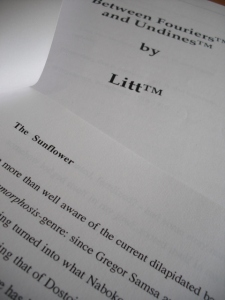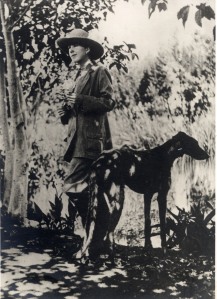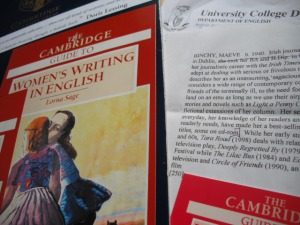The Archives holds titbits of information on the close bonds between authors and their feline pets:
JD Salinger was crazy about his two Russian Blue cats. Photographs show the immaculate duo keeping an eye on Salinger from the top of a bookcase; or snuggling up to his typewriter.
Doris Lessing writes of the scientific cat, Charles, who would sit by the record player, stop the record with his paw, let it go, stop it again … , a cat who could tell Copenhagen Grand Hotel beef apart from airline beef.
Lessing, a writer of many a cat tale, also writes about Butchkin’s struggles with cancer. Butchkin, otherwise known as El Magnifico, appears in The Old Age of El Magnifico (2000), a black and white cat who lived beyond 17.
Anthony Grey, novelist and news correspondent, was held hostage for 777 days in Peking during the Cultural Revolution of the late 1960s. His cat Ming Ming helped him pass away many long hours in the early weeks of this solitary confinement. Sadly Ming Ming was to become a victim in this human conflict.
J.D. Salinger-Hartog letters
Doris Lessing Archive
Anthony Grey Archive





